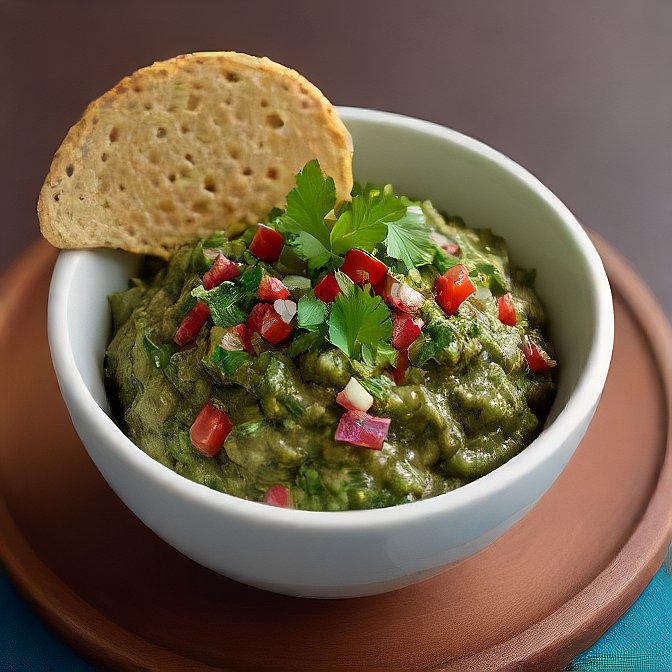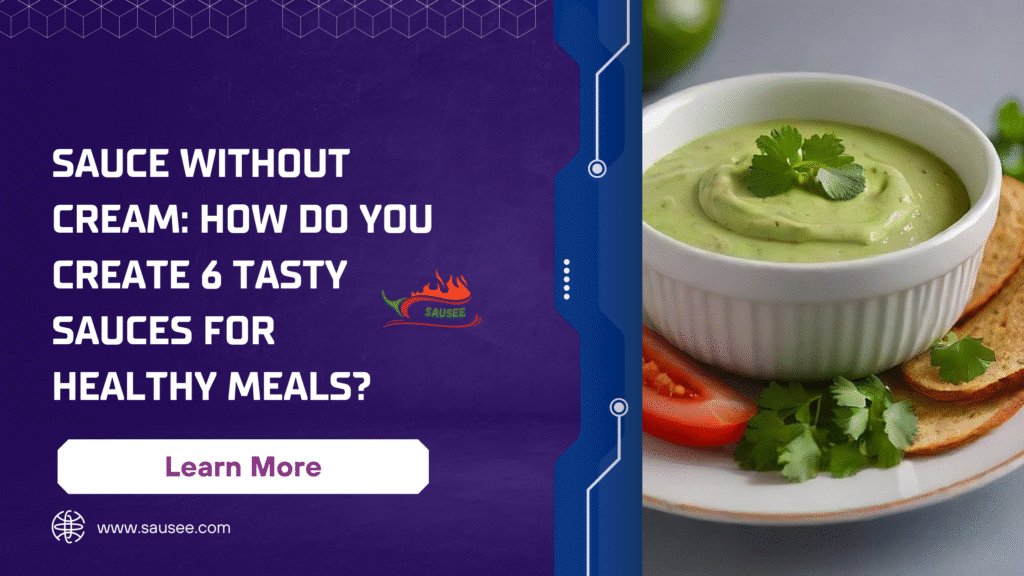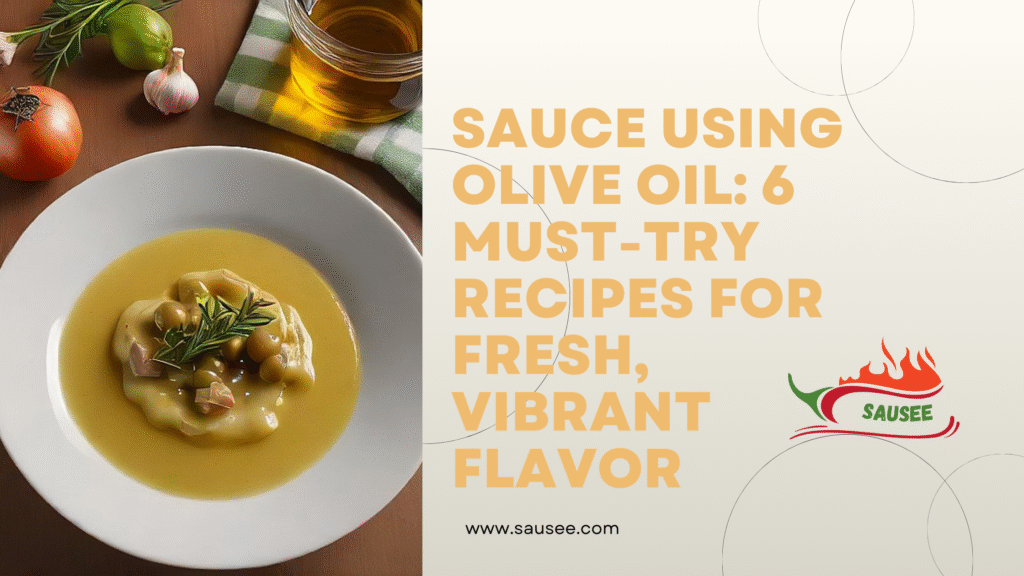Table of Contents
Introduction: Why Low-Calorie Sauces Are a Game-Changer for Healthy Eating
As far back as healthy cooking goes, it is one of the greatest challenges: how to turn up the volume and deliver a hit of tempting, satisfying healthy food without throwing on additional calories and unhealthy fat. Most conventional sauces are full of oils, creams, or sugar, so that a healthy diet simply turns into an extravagance of calories.
That is where low-calorie sauces come in. These healthier options are made with fresh ingredients, herbs, and spices, and some form of clever replacement to ensure every bit of flavor satisfies you and does not endanger your health plans. Includes hydration, portion control, and calorie counting, making their sauces an easy addition to a new lifestyle of healthy eating. Students need to be able to eat what tastes good without all of the guilt that comes with eating badly.
Find out how guilt-free flavor bombs, low-dish sauces would help you eat healthy yet delicious food with a twist, with a significant dose of gusto and a dash of good health!
1. Fresh Herb Salsa Verde: Zesty and Vibrant Without the Calories

Fresh Herb Salsa Verde is a great condiment to choose in case you want a high-flavored but low-calorie sauce healthy haven of deliciousness that has a fresh, zesty kick to it. Consisting mostly of a mixture of fresh herbs such as parsley, cilantro, and mint, with tangy vinegar and very little oil, this sauce will give a freshness and not the added calories.
It can be the best accompaniment to the grilled meat or roasted vegetables, or even a good dressing for the salads. You are not pouring it on your food like the other sauces, still it seasons every bite in your mouth.
Tips for Blending and Storing:
- In a food processor or a blender, add all the herbs, vinegar, and garlic, a small quantity of olive oil, and whisk till it becomes smooth yet bright.
- In an air-tight container, refrigerated for 5 days.
- It can settle before service, shake, or stir.
This low-calorie sauce and fat-free mouthwatering sauce will convince them that healthy does not really have to be boring.
2. Tomato Basil Puree: Simple, Sweet, and Skinny

In case you want to try something low-calorie sauce and full of fresh taste, as well as immensely versatile, Tomato Basil Puree would be a great choice. It is a sauce prepared by simmering fresh, ripe tomatoes so they break down to form a naturally sweet and fragrant base, and then adding fresh basil to the sauce to add an aromatic touch to it.
In contrast to conventional tomato sauce, in which some oil, butter, or even sugar is usually added, this puree itself consists only of the natural sweetness of the tomatoes and the herbal freshness of basil. This does not make it something with few calories, but also that it is abundantly nutritious and contains antioxidants such as lycopene and vitamin C.
Why It Works
- No additional fats: There are no added fats to this puree, and that is why it is more suitable in calorie-miserable dishes because of its light and clean taste.
- Natural sweetness: Velveting by slow simmering will increase the natural sugars in tomatoes; hence, there will be no additions of sweetening agents.
- Addition of new herb aroma: The fresh aroma of basil is also being added at the end so as to keep the fresh flavor and the freshness of pepper in the sauce as well; the aroma is also boosting the overall flavor of the sauce.
Tips for Making and Storing
- Select clean, fresh tomatoes that are not too ripe and out of season. Both Roma tomatoes and Plum tomatoes are good.
- Simmering the tomatoes at low temperatures using a low-heat procedure entails lowering the flavors of tomatoes but not burning them after half an hour or so (30 minutes to 45 minutes).
- Fresh basil should additionally be cut and is to be added at the time of serving or at the blend time, since its color and smell will not be destroyed.
- In case of cooking, store in an airtight container in the refrigerator for up to 5 days or in portions up to 3 months in the freezer.
Paying a certain attention to the use of fresh ingredients and simple cooking methods, this Tomato Basil Puree will show that the low-calorie sauce may not only taste incredible, but quite nutritious as well, and that is why it could be a good idea to be added to the repertoire of healthy cooking.
3. Yogurt-Based Cucumber Dill Sauce: Creamy Yet Light

To whoever finds himself in need of a rich sauce yet fears using a traditional dressing due to the fear of being stuffed with its calories and fat contents, and feels like causing bodily harm to oneself with creaminess, the Yogurt-Based Cucumber Dill Sauce is delightful and not abrasive to the conscience. It is a low-calorie sauce dressing combining the tang of Greek yogurt with the crispiness of cucumber, the sweet smell of dill, and the bright flavor of lemon to an energizing and refreshing combination of flavors that goes well with so many foods.
This yogurt-made sauce is light on the mouth with a creamy profile without containing excessive calories compared to sour cream or mayonnaise-based sauce, which can be thick. It suits every individual who desires to have moisture and taste shots as it adds without having to affect his or her healthy diet.
Why It Works
- Low-fat, high-protein: Greek yogurt adds useful creaminess and nutrition and protein to make you last longer between meals.
- Cool crunch: I can add well-grated/diced cucumber, which is cool and a bit crunchy.
- Chords of herb flavours: Dill has an insinuating sweet and sour flavour, which balances out the creaminess of the yogurt.
- Fresh lemon juice: Gives it an acidic kick and a fresh kick to make that sauce light.
Tips for Making and Storing
- Greek yogurt is preferable since it is thicker in texture and has more protein of proteins; low-fat or non-fat varieties ensure that the calorie intake does not become too high.
- Peel and grate the cucumber down to a fine and drain the water out of it (otherwise your sauce will turn out to be watery).
- The most important tip is to use fresh dill (not dried).
- Put in an airtight container in the fridge up to 3-4 days. Separation may easily happen, stir before serving.
Not only is this cucumber dill sauce on yogurt so creamy that it is hard to tell the difference, but it is also low in calories, which is why it qualifies as an ideal illustration of a healthy, delicious sauce that plays up your dish without counting too many calories.
Check Out: Mexican Salsa Recipes: 6 Crowd-Pleasing Dips for Every Occasion.
4. Spicy Roasted Red Pepper Sauce: Bold Flavor, Low Calories

In case you are in need of a sauce with heavy flavour but few calories, Spicy Roasted Red Pepper Sauce can be the best option. This colorful sauce uses roasted red peppers with crushed garlic and a mix of spices, making the flavor smoky, a bit sweet, and spicy enough– and no oils or creamy foundations are added to it. This qualifies it to be listed among naturally low-calorie sauce items that have enormous flavor, minus the fat.
The roasting process caramelises the sugar content in the peppers to make them sweeter, with the garlic and spices finding their way to add complexity and depth to the taste. There are no heavy fats manipulated here, which means that this sauce makes any accompanying dish much more delicious but does not increase your caloric values.
Why It Works
- Roasting enhances taste: It adds the inherent sweetness and the smoky flavor in the peppers.
- No extra oils or creams: Many calories are saved, and the sauce is not very substantial.
- Spices bring on the spice and the layers: Be spice savvy using chili flakes, smoked paprika, or cumin per taste.
Tips for Making and Storing
- The red bell pepper should be roasted over a fire or in the oven with the broiler switched on, or even by grilling, until it is tender, black.
- Put the roasted peppers together with the garlic, a hit of vinegar or lemon juice, and one of your favorite spices, and place them into a blender and puree until it is smooth.
- Refrigerate in an airtight container up to one week or freeze and use for a longer period.
Having less than 100 calories per serving, this low-calorie sauce must prove to you that being healthy is not about being tasteless; bold, hot, and smoky smells blend with one another and will complement any dish.
5. Citrus Ginger Dressing: Tangy and Refreshing Without the Guilt

To have a delicious and refreshing low-calorie sauce dressing, Citrus Ginger Dressing is just the right one. Making a blend of fresh citrus juices (lemon, lime, orange), but adding such a zesty heat of grated ginger, the light vinaigrette will give a refreshing touch to any meal. Natural sweetness, such as honey or other similar artificial sweeteners that have zero calories, such as stevia, balances the sourness, thus creating a complementary flavor profile, yet without adding additional fats.
This is an ideal dressing for people who want a sauce that is tasty and less heavy, so that it doesn’t spoil light foods. Its inherent acidity can also be used to tenderise proteins and clarify the colour of greens, and hence it goes well with diverse meals.
Why It Works
- Citrus juice: containing a vitamin-saturated, zesty base with antioxidants.
- Ginger: Finely grated ginger will contribute to digestion with a delicate, hot flavor and aromatic richness.
- Natural sweetener: Fills the tart with the right portion of calories and sugar.
- Oil-free or little oil: Makes the dressing light and oil-free.
Tips for Balancing Flavor
- The acidity should be adjusted depending on how much citrus juice is used; use little and taste to add more.
- Add the sweetening a little at a time, but do not make it excessively sweet; the object to be attained is a salubrious balance between essential sweetness and unnecessary gooeyness.
- Salt could be added by the pinch, or a bit of soy sauce would provide depth and umami.
Storage
- Keep refrigerated, up to 45days.
- Before using, shake or stir together, since ingredients may separate naturally.
This citrus ginger dressing is a top-notch recipe of low-calorie sauce that is refreshing, delicious, as well as versatile, suitable for those who want to eat light and still satisfy their taste buds.
6. Mustard and Herb Vinaigrette: Sharp, Savory, and Slim

The thing is, as a low-cal, low-fat, big-flavor dressing (but not a big weight around the waist), Mustard and Herb Vinaigrette can always be counted on. They make this dressing by adding the spicy peppery flavor of Dijon mustard to fresh or dried herbs, a dollop of vinegar, a little spice, and just enough oil so that they become light but good-tasting. The finish is a sweet-sour salad dressing that will taste great with your dishes, but still will not make you overstocked in calories and fats.
The sour flavor and aroma of this vinaigrette are so balanced that one can even fool around with it radically, and it can so easily combine with what it usually has in the pantry. It can suit perfectly individuals who would like to have a delicious sauce that could be consumed as a combination with many other meals.
Why It Works
- Dijon mustard also serves as a natural emulsifier, and it adds to the spicy and tangy flavor.
- Fresh herbs: Fresh and complex are in the shape of basil, parsley, thyme, or oregano.
- Vinegar: It may be added to increase the acidity and pop of the tastes.
- Less oil: Machiavelli strives to maintain the count of calories at its lowest possible level, and there should be a fine coating of something rich so that the taste becomes smooth.
Tips for Making and Storing
- Whisk or mix so that the dressing forms a well-emulsified dressing to coat the ingredients well.
- Add only a little oil (e.g. extra virgin olive oil) to make the sauce to maintain the sauce light and non-oily.
- Refrigerate in a jar or container for a week. Can be mixed well before use.
Such mustard-herb vinaigrette will be a good choice as far as it has a strong flavor and as well as the low amount of calories taken into the intake, this is something that you can include in your healthy recipe book as this is another way through which it can convince you that it is not necessarily required that a delicious sauce should teem with calorie intake.
Conclusion: Flavor Meets Fitness with These Low-Calorie Sauces
And all of these low-calorie sauces, such as the tart Fresh Herb Salsa Verde or the cool and super-tasty Yogurt-Based Cucumber Dill Sauce, the smoky Spicy Roasted Red Pepper Sauce, and the citrus-y Citrus Ginger Dressing, are also filling ways to dress foods with no additional fat or calories. Dip them in them, sprinkle over cooked meat, or combine them with vegetables; either of the sauces will give a glistening taste without a sacrifice of your health-conscious goals.
Do not be shy to experiment with these recipes and substitute those heavier and high-calorie sauces with these lighter ones. Such minor modifications can make a big difference to what you are eating, and even with minimal or no reduction of good taste.
Which low-calorie sauce will be your first one to enhance your healthy foods? Tell us what you love and what creative turns you take on it, we would greatly appreciate knowing how you create the flavor-where-it-meets-fitness in your kitchens!
For more info: Click Here.
FAQs About Low-Calorie Sauces
1. Can low-calorie sauces really satisfy cravings?
Absolutely! An element of rich and daring flavor is gained through low-calorie sauce, as fresh herbs, spices, and natural acids satisfy your taste buds. They provide you with the sweet taste that you want without the extra fats and sugar that, on most occasions, make you feel guilty. To save you the hassle and to curb food cravings without compromising the nutritious nature of the contents of the meal, one may play around with such sauces.
2. How do I store homemade low-calorie sauces?
Most of the homemade low-calorie sauces are to be stored in refrigerated, closed containers. Fresh Herbed or yogurt sauces 3 to 5 days, Cooked Tomato basil puree 1 week. Not past due, use only when still fresh, so as to smell and taste before use.
3. Can I make low-calorie sauces ahead of time?
Yes! Many low-calorie sauces, including salsa verde and roasted red pepper sauce, actually acquire more flavour by leaving them standing. They should be prepared and cooked in advance, and they could be frozen or rather kept in the refrigerator up to a week. And there is nothing but to shake or stir up and serve.





